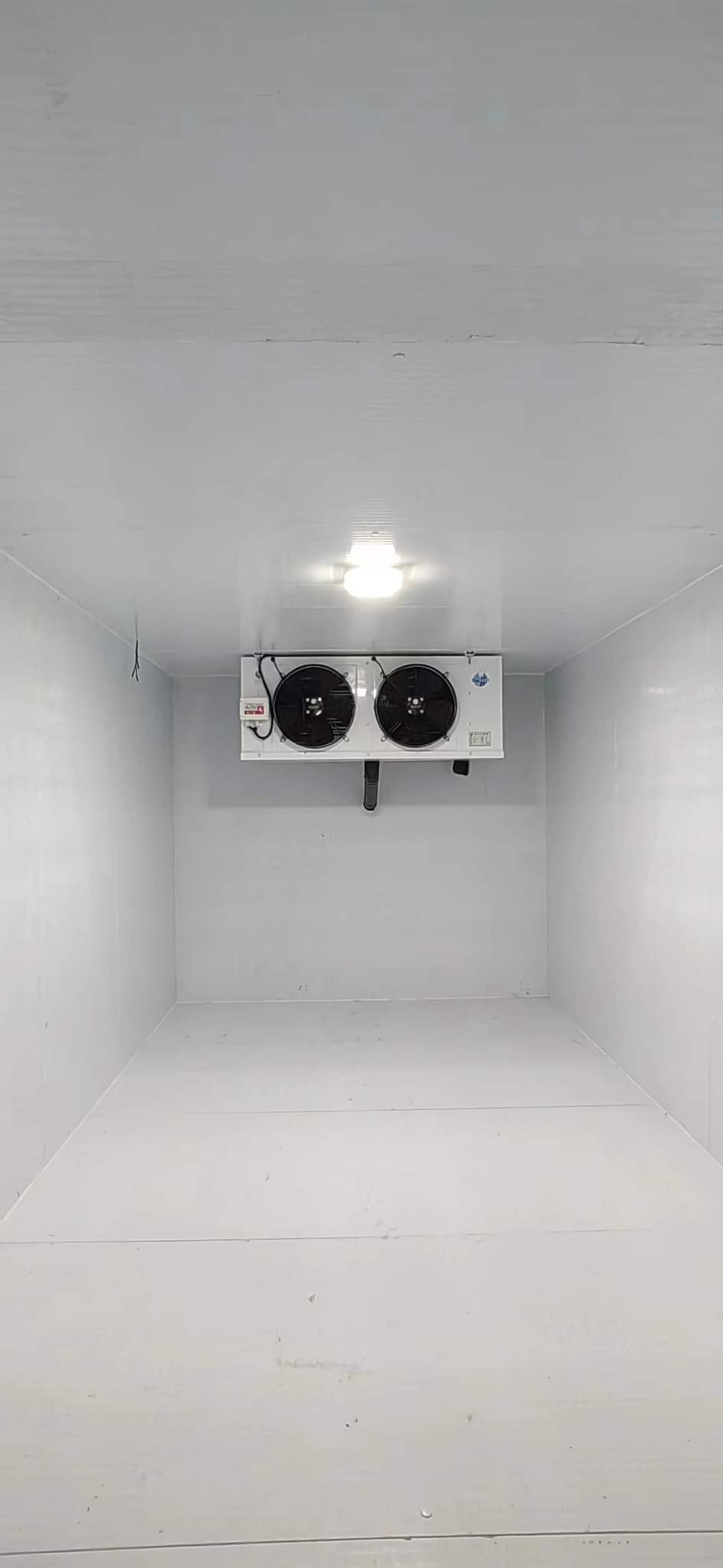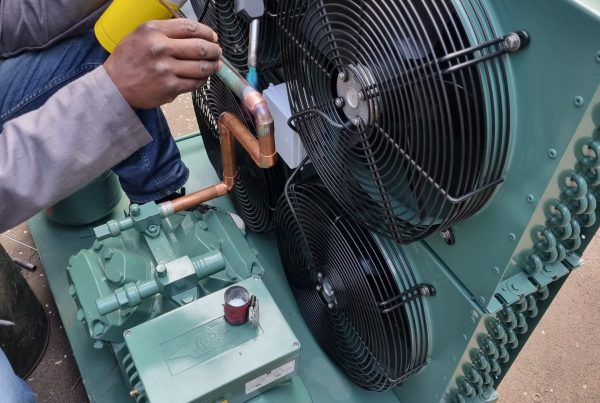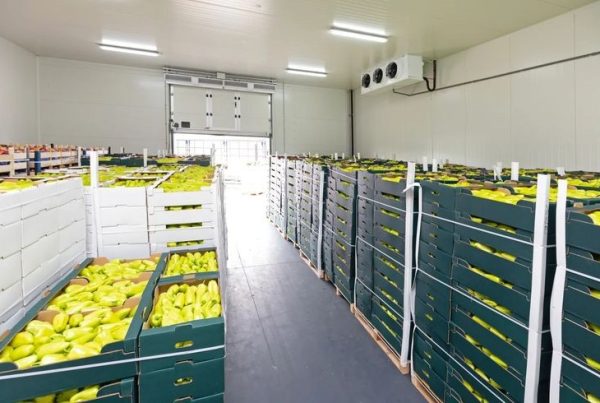How to Install a Cold Room: A Comprehensive Guide for a Smooth Installation Process
Introduction
Installing a cold room can be a complex and meticulous process that requires careful planning and execution. Whether you are a business owner looking to set up a cold storage facility or a homeowner interested in creating a designated space for preserving perishable goods, this guide will provide you with all the necessary information to successfully install a cold room. From understanding the basics to choosing the right location and implementing effective insulation, we’ve got you covered.
How to Install a Cold Room: A Step-by-Step Guide
1. Understanding the Basics
Before diving into the installation process, it’s essential to familiarize yourself with the basic components of a cold room. These include the refrigeration system, insulation materials, flooring, and ventilation. Each element plays a crucial role in maintaining the desired temperature and preserving the quality of stored items.
2. Choosing the Right Location
Selecting an appropriate location for your cold room is paramount. Factors such as accessibility, proximity to external walls, and ease of maintenance should be considered. Ideally, the cold room should be located in an area with minimal temperature fluctuations and away from heat sources, such as direct sunlight or heating vents.
3. Planning the Layout
Efficient space utilization is vital when designing the layout of your cold room. Consider the type and quantity of items you intend to store to determine the required size and shelving options. Additionally, prioritize safety by ensuring there is sufficient room for easy movement within the cold room.
4. Preparing the Room
Before commencing the installation, the designated room should be thoroughly cleaned and prepared. Remove any existing fixtures or obstructions, repair any structural damage, and ensure the walls, floor, and ceiling are in good condition. This step sets the foundation for a successful installation process.
5. Installing the Insulation
Proper insulation is essential for maintaining the desired temperature and preventing energy loss in a cold room. There are various insulation materials available, including expanded polystyrene (EPS), extruded polystyrene (XPS), and polyurethane foam. Consult with a professional to determine the most suitable insulation material for your specific needs.
6. Securing the Flooring
Choosing the right flooring for your cold room is crucial for ensuring a hygienic and safe environment. Opt for materials that are resistant to moisture, easy to clean, and have excellent thermal properties. Epoxy flooring and stainless steel are popular choices due to their durability and suitability for cold environments.
7. Installing the Refrigeration System
The refrigeration system is the heart of a cold room and is responsible for maintaining the desired temperature. Seek the assistance of a qualified refrigeration technician to ensure proper installation, as it requires specialized knowledge. Factors such as the size of the room, insulation, and desired temperature range will influence the selection of an appropriate refrigeration unit.
8. Ventilation and Air Circulation
Proper air circulation is crucial for maintaining consistent temperatures throughout the cold room. Install ventilation systems, such as fans or air curtains, to facilitate the movement of cold air and prevent the formation of hotspots. This ensures the uniform cooling of all stored items and reduces the risk of temperature fluctuations.
9. Electrical and Lighting Considerations
Electrical connections within a cold room should be designed to comply with safety regulations. Ensure that all electrical components, including lighting fixtures and sockets, are rated for use in low-temperature environments. It is recommended to hire a licensed electrician to handle the electrical installation to guarantee compliance with applicable standards.
10. Monitoring and Maintenance
Once the installation is complete, it is crucial to establish a regular monitoring and maintenance routine. This includes checking the refrigeration system, inspecting insulation for damage, and verifying temperature and humidity levels. Implementing a maintenance schedule will help identify and address any issues promptly, ensuring the long-term efficiency of your cold room.
Frequently Asked Questions (FAQs)
1. How long does it take to install a cold room?
The duration of the installation process can vary depending on factors such as the size of the room, complexity of the refrigeration system, and insulation requirements. On average, a standard cold room installation can take anywhere from a few days to a couple of weeks.
2. Can I install a cold room myself, or should I hire a professional?
While it may be tempting to attempt a DIY installation, it is highly recommended to hire a professional for the best results. Installing a cold room involves specialized knowledge of refrigeration systems, insulation materials, and electrical connections. A professional will ensure that all components are installed correctly and comply with safety standards.
3. What are the energy-saving measures I can implement in a cold room?
To maximize energy efficiency, consider the following measures:
- Opt for energy-efficient refrigeration units.
- Ensure proper insulation to minimize energy loss.
- Install LED lighting fixtures for reduced energy consumption.
- Implement automatic door closers to prevent unnecessary cooling loss.
- Regularly maintain and service the refrigeration system to optimize its performance.
4. How can I prevent condensation in my cold room?
Condensation can lead to moisture buildup and compromise the integrity of stored items. To prevent condensation, ensure proper insulation and vapor barriers are installed. Additionally, maintain consistent temperature and humidity levels within the cold room and regularly monitor for any signs of moisture accumulation.
5. What are the safety precautions I should take during the installation process?
During the installation process, prioritize safety by:
- Using appropriate personal protective equipment (PPE) such as gloves and safety goggles.
- Adhering to electrical safety guidelines when handling wiring or electrical connections.
- Following manufacturer instructions for the safe installation of refrigeration units.
- Working with a partner or team to ensure heavy equipment is handled safely.
6. Can a cold room be customized to suit specific requirements?
Yes, cold rooms can be customized to meet specific needs. Whether you require specialized shelving, custom temperature ranges, or specific storage capacities, working with a professional installer will help you design a cold room that aligns with your unique requirements.
Conclusion
Installing a cold room involves careful planning, attention to detail, and adherence to safety standards. By understanding the fundamental aspects of the installation process, choosing the right components, and seeking professional assistance when necessary, you can create a functional and efficient cold room that meets your specific needs. Remember to prioritize regular maintenance and monitoring to ensure optimal performance and longevity





